There are countless ways to make money with computers, but right now there are few as interesting and potentially lucrative as mining for crypto currency. The decentralization of money has led to a digital gold rush, as individuals, mining pools, and full-fledged mining companies vie for the same blocks. So how do you stake your claim and mine your own minty fresh crypto cash? It’s all about building your rig and balancing performance with efficiency.
Is it still profitable?
The first thing that you need to understand is that, just like rushing out to California, buying a pick, and riding your donkey into the hills, mining cryptocurrency is a bit of a gamble. Even the more obscure blockchains have thousands of miners racing each other to find the winning hash. The greater the competition, the more difficult the challenge and if you don’t win the block, that’s a lot of time and literal energy wasted.
The first decision you need to make is what currency you’re actually mining. This will influence every other decision you make and it is in itself a complicated question. You need to consider the currency’s value and block reward against the difficulty of the hash and how many other miners are chasing the prize. The more difficult the race, the meaner your machine needs to be.
You’ll also need to consider the investment side of the equation. Some mining can be done with the PC you already use, but in most instances getting serious about mining means you’re going to want to invest in a purpose-built system. That means spending real money and it could range from hundreds to tens of thousands of dollars depending on the currency you’re chasing and how competitive you want to be.
Of course, that’s just a starting investment. The day-to-day cost, the incremental loss, is electricity. Throwing around hashes in the trillions per second makes a rig mighty hungry, and even moderate mining can make a noticeable impact on your power bill. So not only do you have to be mindful of your rig’s performance, you need to balance your profits against the increase in your electrical bill.
If you haven’t already chosen the crypto you covet or even if you have, we recommend checking out a Mining Calculator. WhatToMine.com seems a little daunting at first glance but that’s only because it’s incredibly comprehensive. It can help you determine which currency you should start mining, and which parts are best for your rig by calculating their hashrate and power draw. It can even factor in the price of electricity in your area.
It’s important to remember that there are more ways to make money than just mining for gold. When everyone else heads into the hills to dig, you can make a lot of money selling shovels. We’re of course not encouraging you to start fabricating shovels (that’s a saturated market), no we’re saying that there are ways that you can build a rig, and sell or rent your hashrate power to someone else. Taking some of the risk out of the equation though also diminishing the reward.
What you’ll need:
The list is pretty short really. You need a crypto wallet to keep your currency. You need mining software to actually do the thing. And of course you need hashrate power, either purchased off someone else, or generated by your own mining rig.
Let’s start with software since it’s probably the least stressful decision you’ll need to make. They’re almost all free and they all do versions of the same thing, but there are still things to consider. The currency you’re mining is most important because you’ll need software that can actually mine that currency. There are also features and customizations offered by some programs that aren’t available universally. Start with the currency compatibility and make your decisions from there.
What’s in a Wallet?
You can’t stuff Bitcoin in an old mattress and there’s no Ethereum in the Banana Stand. If you’re going to keep your coin keys safe, you’ll need some sort of storage. There are basically two sorts of storage to choose from and while one is definitely more secure than the other, neither is perfect just yet.
Cold storage refers to actual physical storage devices. They’re referred to as cold storage because they exist offline and are not remotely accessible on their own. This means that no one can just hack in and steal your Litecoin. They have their own password protections as well which makes them doubly secure. That being said you do need to be mindful of compatibility between your wallet and your currency. Physical data storage also opens you up to the possibility of corruption, and unlike traditional money, with digital currency corruption usually leads to less wealth.
Most crypto wallets don’t look like much more than a flash drive so you can easily take them with you wherever you roam. Being small and easily portable like the Ledger Nano S or the BC Vault One is great, but it also means you could lose your money the old fashioned way. By literally losing your wallet. Imagine a thumb drive falls out of your pocket in an Uber, but instead of just losing the digital copy of Alita: Battle Angel you never leave home without, you instead lose several thousand dollars’ worth of cryptocurrency. Which is the greater tragedy? Who can say?
ot storage on the other hand is all digital and while that makes it less secure in general, it also makes it much more convenient to trade or exchange. Software like coindirect or apps like Trust do take security seriously, and again, if you’re moving small amounts of currency around with any sort of frequency, the freedom and flexibility offered by these digital options may be the right decision for you. Just remember to research the transaction fees associated with each wallet and again, check to make sure it works with the currency you’re mining.
What goes into a rig?
There are three basic categories for mining rigs, CPU, GPU, and ASIC (Application-Specific Integrated Circuit). Just like everything else, the biggest factor in choosing the right rig is the currency you’re trying to mine. Once upon a time, you could mine Bitcoin with just the CPU in your desktop and a twinkle in your eye. Now very few currencies can be effectively mined with such menial processing power, and if you want to mine Bitcoin specifically, you’re going to need an impressive purpose-built machine.
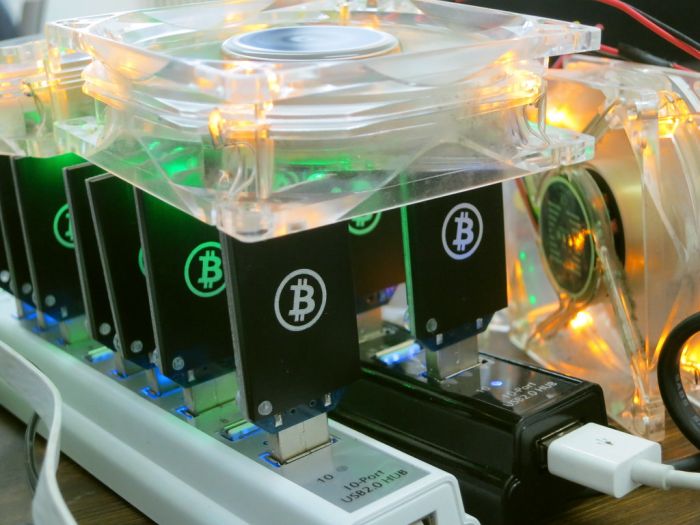
CPU
CPU mining is kinda just what it sounds like. You’re using the processing power of your CPU to generate hashes. This was fine and good a few years ago, but as crypto mining became more popular it also grew in competition and there’s nothing that breeds like tech advancement like competition. Your CPU just isn’t powerful enough to out-calculate a purpose-built ASIC or a mining rig running six top of the line GPUs.
That being said there are currencies out there that try to protect the average miner from being completely outclassed by those who can afford bigger toys. Monero is one such currency. They design themselves to be “ASIC Resistant” in an attempt to keep their cryptocurrency as decentralized and egalitarian as possible.
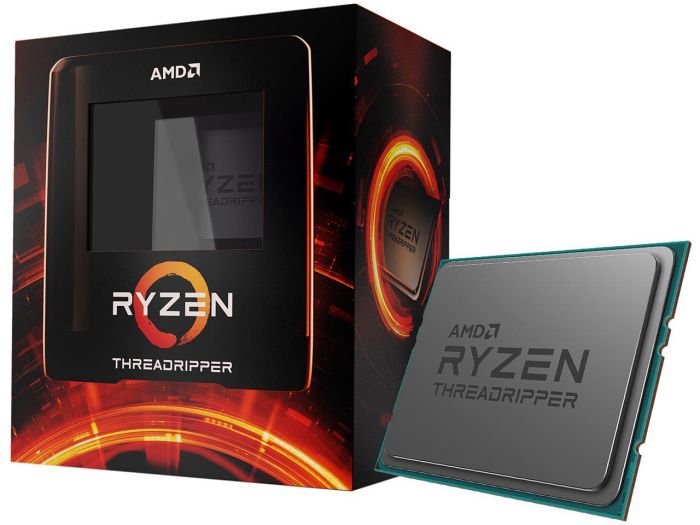
If you’re looking to dip your toe into data mining, a high end CPU like AMD Ryzen Threadripper 3990X is obviously the gold standard. Its sixty-four cores and 128 threads blaze do a lot of work, but it’s the enormous 256 MB L3 cache that really lets the hashrate fly. It can generate 64 MHs which is not a lot compared to other devices we’ll discuss in a second, but mining the right currency that’s more than enough to compete. The upside to CPU mining of course is that this investment is still beneficial to your PC even if mining doesn’t PAN out.
Another drawback to CPU processing besides its hash per second limitations is the risk of overheating. Cranking out that many complex computations can generate dangerous amounts of heat so you’ll want to make sure you have a cooling system that can take the strain.
The Cooler Master MasterLiquid ML360 TR4 is designed specifically to keep the Threadripper ripping without excess heat, and it still has a nice RGB style to it. If you want something a little less flashy, the Noctua NH-D15 is an affordable option that still boasts features like PWM and airflow up to 82.52 cfm!
GPU
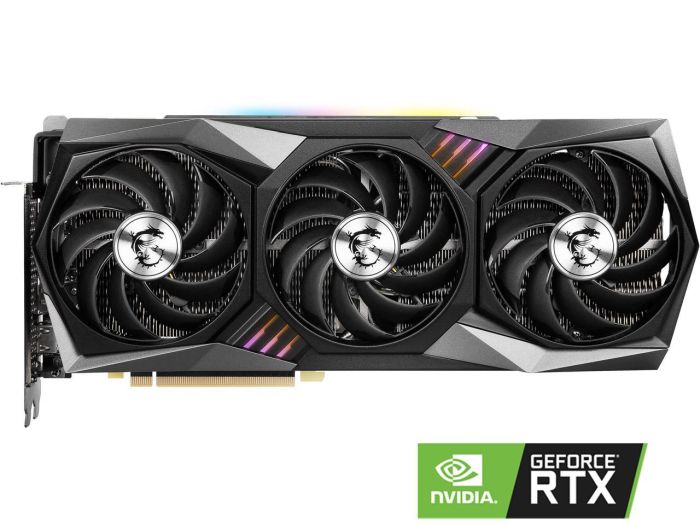
GPU mining is a little more complicated but a lot more common. It’s really hard to get a bunch of CPUs to work together toward a common goal. It’s a lot easier to connect a bunch of powerful GPUs to one motherboard and set them to a task. Choosing the right GPU can be tricky at best, but it’s a thrilling part of the chase and there’s no silver-bullet answer.
Nvidia and AMD are of course the two main contenders and they each have attractive options for both the experienced hash cracker and the more minor miner. The MSI GeForce RTX 3090 is a solid option performance wise but it’s definitely a heavier investment that’s hard to come by. It’s capable of hashrates right around 110 MHs depending on the algorithm you have it hunting.
You can also find success with the XFC Radeon VII which isn’t quite as powerful, but runs more efficiently. Remember that these stats are only half the issue and the price of electricity in your area can greatly affect the balance of this cost-to-profit equation so again, please make sure you’re doing your due diligence.
Motherboard
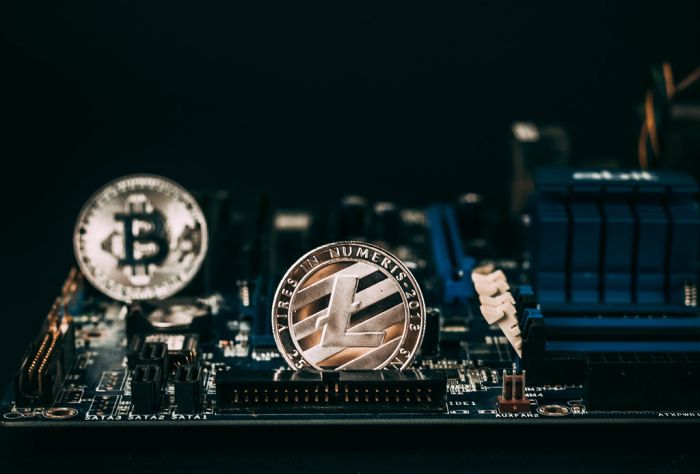
But a GPU has to connect to something and just one GPU isn’t going to deliver the hash power you need to be competitive. You’re going to need a motherboard for that rig and the more GPUs it can accommodate, the better. You want a motherboard that can connect at least six GPU. The MSI PRO Z390-A can handle that while also maintaining a respectable price tag. If you’re really going for the gusto you should look into the ASUS B250 Mining Expert that con connect up to nineteen GPUs, for some serious block busting power.
Case / Frame
Of course all those GPUs won’t fit in your average PC case and you can’t just have them lying around on the floor. You’re going to need a frame for your rig. There are plenty of schematics for building your own mining frame but if you’d rather just invest in one you know you can trust, check our stock.
We have simple low cost options like this ASTARIN 6 GPU Mining Case, but of course you can always spend more. If you want something that can hold more GPU and look a little cleaner, check out this Magnalium Alloy Mining Rig Case that can accommodate up to twelve graphics cards. Just remember that your frame should have at least as many slots as you have GPUs in your rig, and you’re going to have to make sure it fits wherever you plan on keeping it in your home.
PSU
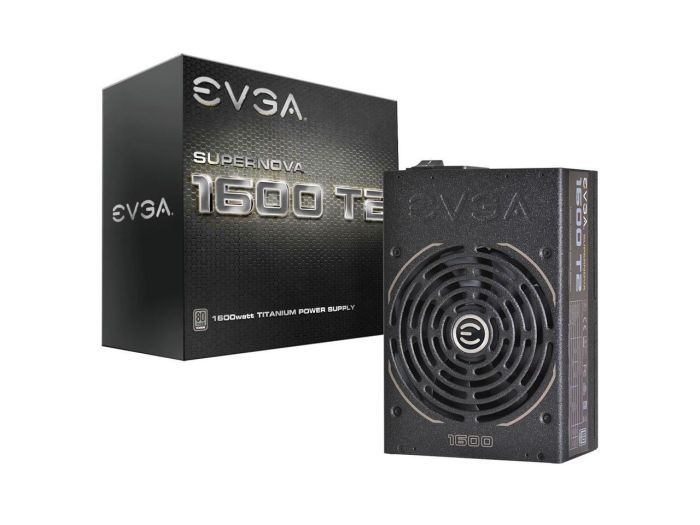
You’re going to need to run power to all those GPUs, not to mention the CPU and motherboard. If you’ve ever built a PC from scratch you’re already familiar with calculating a rig’s power draw. This isn’t really any different, you’re just using a lot more power hungry components for this type of machine. Remember, it’s important that you not only provide enough power for all the components, your energy consumption is a huge part of your profit equation.
That’s why finding the right power supply is so important. Consider the EVGA Supernova 1600 T2 which is fully modular and boasts an 80+ Titanium efficiency rating. Or you could save a little money with the Thermaltake Toughpower 1500W. It’s only 80+ Gold certified and semi modular but it can move plenty of juice for a much more manageable initial cost. Definitely invest in a PSU with 80 Plus Gold certification or higher.
ASIC
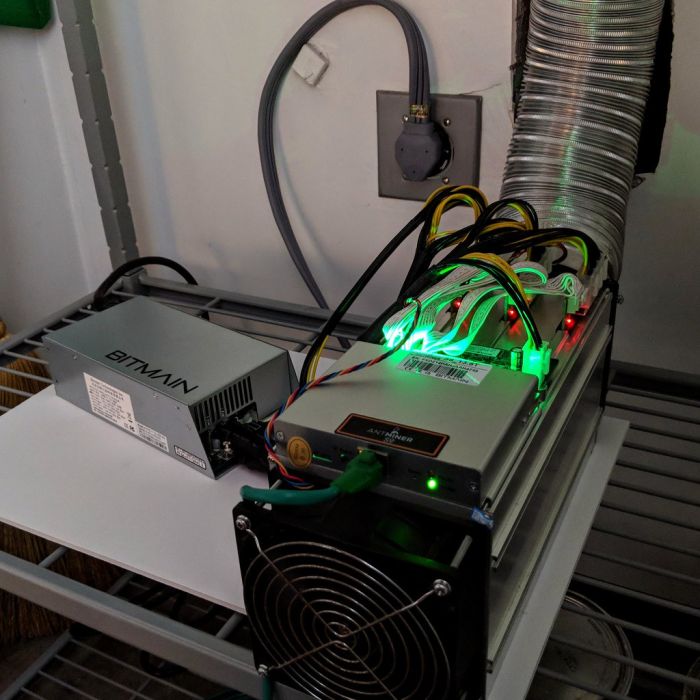
We saved the most powerful option for last. ASIC is short for Application-Specific Integrated Circuit, and basically describes a small but mighty computing machine built with one specific purpose in mind, in this case, mining cryptocurrency. They are incredibly powerful, and they lead the pack in their ability to generate hashes. They are also exceedingly expensive, quickly outdated by newer models, and somewhat controversial in their capabilities.
These workhorses are so powerful they can actually alter the landscape of the cryptocurrencies they mine. They can out hash most home-built rigs and are so expensive that your average miner just can afford them. And even if a miner feels like sinking several thousand dollars into a lean mean hash slinging machine, large companies and those with deep pockets can build big enough banks of them to decimate your odds of winning a block.
That’s just the start. Those big banks of ASIC also end up working against the principles that helped make cryptocurrencies like Bitcoin so attractive in the first place. By snatching up a disproportionately large number of blocks, these banks somewhat undermine the concept of decentralized currency.

That’s why some cryptocurrencies are fighting against the tide and attempting to be what’s known as ASIC resistant. Monero specifically tries to limit the amount of ASIC mining that goes into its blockchain. That means less intense competition which in turn means that prospectors can engage competitively at a much lower starting investment. That being said, no mining algorithm is completely ASIC resistant so they are always going to play a role.
If you’re after the big fish, if you’re mining Ethereum or Bitcoin, you’re going to want to look at these devices. They carry a hefty price tag, but they can reap tremendous rewards and as technology nears the cap of physical limitation, the worry of these high-investment machines being quickly outdated is becoming less daunting by the day.
If these are the droids you’re looking for, the last step is making sure, once again, that the device you’re looking to buy is capable of mining the currency you want to mine. ASICs are so specialized that they are specific to different types of hash algorithms. An ASIC designed to mine Bitcoin’s SHA-256 algorithm can be modified to mine Peercoin because they use the same algorithm. However you can’t use the same machine to mine Dash however, as that cryptocurrency uses the X11 algorithm.
If you’re mining the right currency and have the resources to spend then an ASIC is almost certainly the way to go. If you’re after Bitcoin check out the WhatsMiner ASIC that boasts an insane 33THs hashrate! Keep in mind that these devices will also need a PSU, so make sure you’re factoring that into your investment calculations.
Of course, there are always options and it’s up to you to do the research and find what’s best for the operation you’re trying to run.
What are the best coins to start mining?
Here’s a short list of cryptos worth investigating in if you’re interested in starting a mining operation of your own. All of the following are ASIC resistant viable options for the beginning miner.
RavenCoin (RVN)
RavenCoin makes the list because it is simple, committed to decentralization, and profitable to mine. RavenCoin is based on a fork of Bitcoin but is ASIC resistant. This makes it a good option for beginning miners, as it has a low initial investment and a trusted longstanding blockchain.
Mining Software: BMiner, NBMiner, DamoMiner
Pools: 2Miners, Blocksmith, Bsod, Coinotron, Flypool, HeroMiners, Skypool, MiningPoolHub, Nanopool, Suprnova, WoolyPooly
Algorithm: KawPoW (proof of work)
Hardware: GPU, CPU
Ethereum Classic (ETC)
This ASIC resistant crypto currency is most notable for its “Code is Law” principle which maintains that businesses should be able to operate on the blockchain with minimal human interference. That makes it a popular choice for dApps (decentralized applications) and Smart Contracts, which means there’s a lot of business built into the currency itself.
Mining Software: Ethminer, Claymore Miner, FinMiner, GMiner, NBMiner, Cruxminer, GMiner, lolMiner, Nanominer, NBMiner
Pools: Nanopool.org, 2Miners, Ethermine, f2pool, P2pool
Algorithm: Etchash (proof of work)
Hardware: GPU
Monero (XMR)
Monero isn’t just another ASIC resistant crypto currency. It’s one of the few coins that can still be mined with a CPU which makes it one of the most power efficient options on the market as well. Monero also has the appeal of being far more private than many other crypto currencies in that it keeps the transfer amount, as well as the sending and receiving address private.
Mining Software: XMR Stak, MinerGate, Monero Spelunker, CC Miner
Pools: MineXMR.com, SupportXMR.com, xmr.nanopool.org, monero.crypto-pool.fr
Algorithm: RandomX (proof of work)
Hardware: GPU, CPU
Bitcoin Gold (BTG)
This fork off of Bitcoin is designed to be ASIC resistant in an effort to focus on the ideal of decentralization, though unlike the previous currencies, BTG can’t be mined with a CPU. This focus has the added benefit of helping to scale the blockchain, which only adds to the currency’s already prestigious credibility and stability.
Mining Software: GMiner, CUDA miner, EWBF Cuda Equihash Miner
Pools: ccgmining.com, hashflare.io, minergate.com, nicehash.com
Algorithm: Equihash-BTG (proof of work)
Hardware: GPU
Vertcoin (VTC)
There’s not much to say about Vertcoin that hasn’t already been said about the earlier mentions. It’s an ASIC resistant crypto based on Bitcoin that seeks to maintain its decentralized nature. It is on this list largely because it an easy entry level cryptocurrency that miners swear by.
Mining Software: Verthash miner, Spminer, SRBminer, Team Red Miner
Pools: Coinotron.com, Zpool.ca, miningpoolhub.com, Bitpoolmining.com
Algorithm: (proof of work)
Hardware: GPU
Haven Protocol (XHV)
Finally, Haven Protocol is a Monero based crypto that has all the same privacy benefits, plus the added benefit of being easily transferable without the involvement of third parties. You can convert mined XHV directly into stablecoins based on the US dollar, the Chinese yen, or even gold.
Mining Software: XMR Stak, MinerGate, Monero Spelunker, CC Miner BLOC GUI Miner, CryptoDredge, SRBMineR
Pools: Hero Miners, Miner Rocks, Fracking Miner, Hashvault, FairPool, Hashpool
Algorithm: RandomX (proof of work)
Hardware: GPU, CPU
Mining is inherently risky, with many more ways to spend money than opportunities to make it, but with the appropriate amount of planning and research there is money to be made. And just like the gold rush that sent people running for the California hills, mining cryptocurrencies wouldn’t be nearly as exciting if it were easy.
This article has been published from the source link without modifications to the text. Only the headline has been changed.




